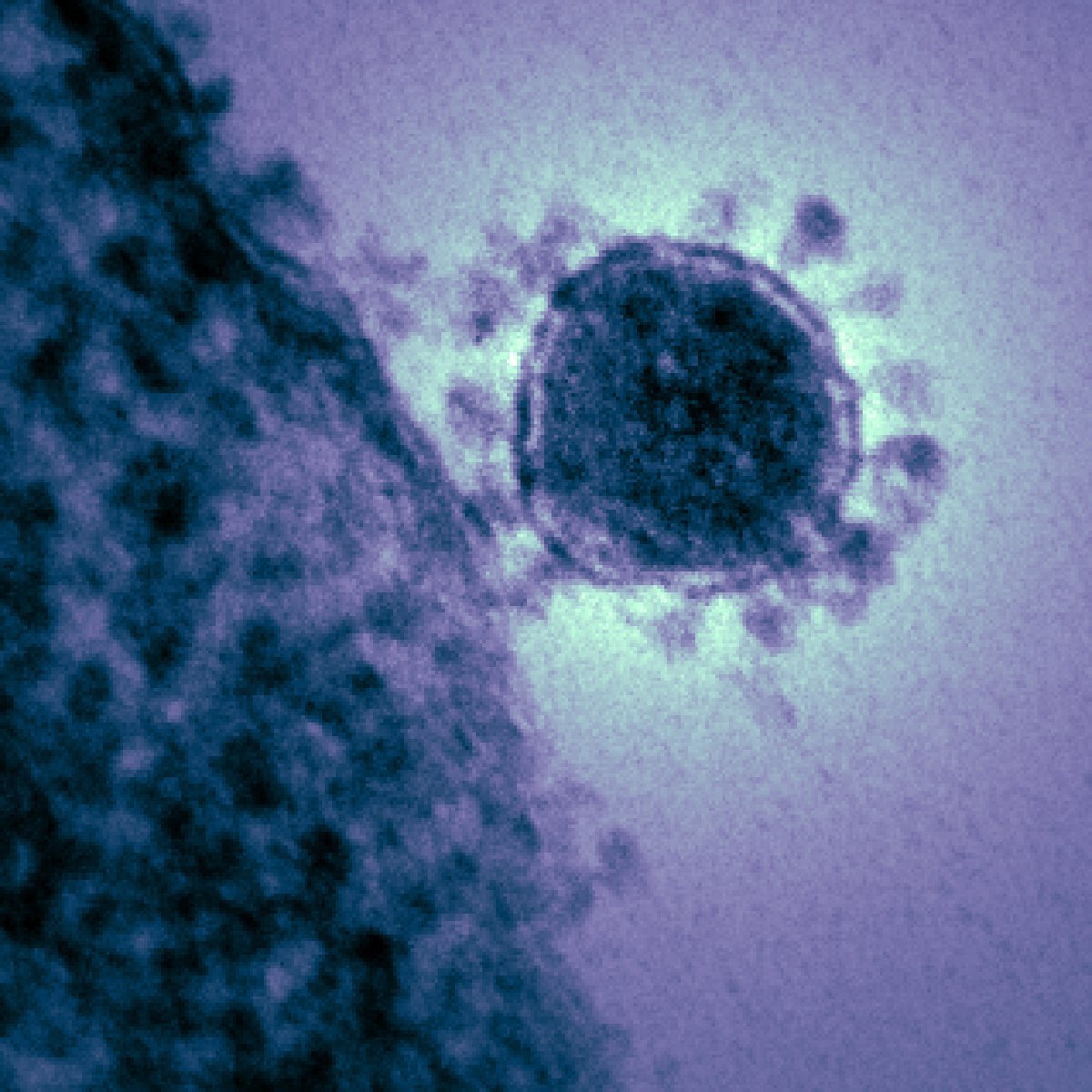Continuing the Conversation: Q/A from our ePanel Event on Vector-Borne Disease
On April 9th, viewers from Brazil, Senegal, Sri Lanka, India, Nigeria, Pakistan, Serbia, Belgium, the US, and more joined us for the VKS virtual ePanel event "The Arthropod-Vertebrate Interface in Vector-Borne Diseases" featuring field leaders:
-
-
-
- Jesus Valenzuela, PhD, NIAID, National Institutes of Health
- Yasmine Belkaid, PhD, NIAID, National Institutes of Health
- Joao Pedra, PhD, University of Maryland School of Medicine
- Nathalie Boulanger, PhD, University of Strasbourg
- Anna DiNardo, MD, PhD, University of California San Diego
-
-
Due to the widespread interest, the panelists were not able to answer all the audience questions during the live Q/A, so we are continuing the discussion here.
In this blog below, we provide discussion highlights, access to the recording, and expert responses to your unanswered questions.
The FREE recording of the VKS "The Arthropod-Vertebrate Interface in Vector-Borne Diseases" ePanel Discussion Event is now available!
View Recording HERE
See the insights from the live event on our Twitter feed at:
#VKSArthropod
ePanel Highlights & Extended Q/A
Part I. Factors that influence transmission of vector-borne diseases at the skin interface:
1. Immune Cells: Many different cell types within the skin have vast capabilities for immune response and secretion of immune factors that influence the diffusion and transmission of vector-borne pathogens.
-
-
-
- Many resident cells that have been ignored in the past or only appreciated for their structural nature, including fibroblasts, deserve more attention for their immunological roles. Keratinocytes are the first responders against vectors. Disruption of Keratinocytes by a tick bite, and even just incubating with tick saliva, elicits strong pro-inflammatory interleukin response.
-
-
-
-
-
- The skin immune system is constantly educated over time, and the consequence of this remains unknown but is a very important question. Mast cells become more reactive and degranulate faster after repeated exposure to, for example, mosquito bite. However, exposure in early life leads to greater tolerance and less reactivity… what are the impacts of these adaptations on disease transmission?
-
-
Q: Rafael of The University of Pernambuco, Brazil, asks: I am very curious about the immune regulation process taking place in the skin... what are the main points that we should consider during this type of investigation?
Anna Di Nardo- There many points that we should consider but in two main directions: how the innate immune system is downmodulated and how this affects presentation to Tcells.
Nathalie Boulanger- Select the good model for the disease you are working on. You can either work on:
-
-
-
-
-
- in vitro models using individual human primary cells (resident cells such as keratinocytes or fibroblasts or immune cells such as neutrophils or dendritic cells)
- human skin explant
- mouse model using skin biopsy. In this case, a technique enabling the isolation of specific populations would be great / FACS
-
-
-
-
The best is definitely to use human skin biopsy but if very difficult to have access to these samples except if you work with clinicians and have the possibility to develop translational studies.
2. Skin Microbiome: The microbiome’s role in priming innate & adaptive immune responses in the skin, will impact the early response against vector-borne pathogens, influencing whether transmission occurs or not.
-
-
-
- The host may be better protected against pathogen transmission if bitten in certain body locations, due to the local skin microbiome there. Microbiome composition differs across the body, and therefore its influence on immunity and transmission may differ as well.
-
-
Q: Prabhavathi of the US asks: Why do some individuals attract more insects than others, for example mosquitoes or ticks... even when two people are walking together?
Nathalie Boulanger: It has been well studied in mosquitoes. It is linked to skin microbiome, especially the bacterium Brevibacterium epidermidis:
For ticks, studies are really missing, but it’s also likely linked to skin microbiome and symbiotic bacteria volatiles.
3. Bite Duration: Vectors that bite for a long period of time, like ticks, will have a different impact on immune response and transmission, compared to those that only interact with the skin interface for a short period of time, like mosquitos. We need to keep this trajectory in mind, as well as the role of different vector saliva components in modulating this trajectory, when studying immune responses to insect bites and resulting impact on transmission.
Q: Guy of The University of Antwerp, Belgium, asks: How is the skin transformed from a barrier to a reservoir tissue, enabling pathogens to remain and be transmitted efficiently?
Anna DiNardo- The vector injects the pathogen together with its saliva. It is the saliva that down-modulate the skin immune system.
Q: Erin of North Carolina State University asks: We hear a lot about salivary proteins in pathogen transmission from ticks and mosquitoes...can you talk about the role of saliva in transmission from FLEAS?
Nathalie Boulanger- You are correct, we neglected other vectors. I would recommend to be in touch with Shannon JG. There are not so many lab in the world working on plague and fleas. It is likely a facilitating factor for the bite and transmission of pathogens as for the other vectors. You really have common mechanisms within the different vector saliva. They target the pharmacology (coagulation, itch/pain and inflammation) and immunity.
4. Chemical Interfaces: There is an open world of discovery in studying the interface between skin and vectors, which includes many vastly unknown factors and their interactions.
-
-
-
- Chemical components of vector saliva
- Microbial colonies on the skin, and their metabolites
- Secreted factors by vertebrate skin cells
- The chemical and metabolic interactions between all of the above could create novel components, with unknown consequences.
-
-
Q: Isabel of The University of São Paolo, Brazil, asks: Skin microbiota ferments skin outputs and generates volatiles that affect vector behavior. What are the panelists' thoughts on the possibilities of modifying skin microbiota in favor of hosts?
Anna Di Nardo- I think it fascinating and I believe it is possible.
5. Vaccines: Researchers are exploring strategies to vaccinate against vectors themselves, to thwart the immunomodulatory properties of their saliva. By designing vaccines against saliva proteins, they aim to block the ability of vectors to down-regulate local immune responses, which enable vector-borne pathogens to invade. Such a vaccine would allow the skin to naturally fight off these invading pathogens without interference.
Q: Isabel of The University of São Paolo, Brazil, asks: It is well established that vector salivary proteins should be part of efficacious vaccines for vector-borne diseases (VBDs). But does vector control by public health agencies diminish immunity to salivary proteins with the consequence that populations are more vulnerable to VBDs. In other words, is vector control a double-edged sword in terms of control of VBDs?
Jesus Valenzuela- This is a good question. The idea of a vector based vaccine is to prime the host immune system to specific vector salivary proteins, having vectors available to augment the response may beneficial, but if we can achieve a specific and long lasting immunity to a single or a mixture of salivary proteins we may not need to have uninfected vectors to amplify the immune response. Furthermore, if we can prime the immune response, using a combination of vector salivary proteins and an antigen from a pathogen, to a pathogen, also we may not need to increase the vector immune response by bites of uninfected insects/arthropods.
Q: Rafael of The University of Pernambuco, Brazil, asks: How to better address the problem of developing vaccines for vector borne diseases, such as host immune response and animal models?
Jesus Valenzuela--We need to start transitioning from animal models to human clinical trials. We need to understand the immune responses to vector saliva in humans. We need to show first that vaccination with this type molecules in humans is safe.
Q: Maria of Rockefeller University asks: Are skin-directed therapies/vaccines likely to be effective to prevent mosquito-borne diseases (or no, because infectious material is also directly transferred to the blood and then disseminated via circulation)?
Nathalie Boulanger- I think the focus on the skin is important. We need to have delivery system that target the skin immunity (microneedle, see Moore A for bibliography). Most of vector-borne-pathogens, part of it remains in the skin without inflammation. We have to brake the immunotolerance of the skin by therapies or vaccines.
Part II. Interdisciplinary research is an essential means to understand & control of vector-borne disease.
1. Holistic Research: We need to understand biology as a holistic ecosystem, promote dialog between fields, foster collaborative grants and creativity.
-
Q: Timothy of The Global Lyme Alliance, asks: The COVID-19 pandemic has forced us to learn how to teach online. Multidisciplinary expertise is not always resident within a single department or institution. Has thought been given to creating an online course available to graduate students (and other interested individuals) that is an amalgam of key concepts in immunology, microbiology, vector biology, microbiome-ology, and big data analysis?
Nathalie Boulanger- I think it would be a great idea to develop on line course with multidisciplinary experts on a specific topics. The virtual keystone was an excellent example yesterday. Who takes the initiative?
2. Training: We need to co-train new scientists across fields of immunology, vector biology, with medical entomology etc., as well as the use of new technologies and tools in bioinformatics, to move forward in understanding the arthropod-vertebrate interface in vector-borne diseases.
-
Q: Abdulsalam of The University of Southern Mississippi asks: Regarding collaborations, how could PIs foster the relationship amongst their graduate students?
Joao Pedra: PIs should foster a diverse, collaborative and healthy environment where everyone is free to speak-up and chime-in whenever they see fit. From my experience, people have distinct experiences and research trajectories throughout their lives. Everyone sees scientific questions with very unique angles. This is a strength and should be promoted.
Q: Sourabh of The University of Maryland, US, asks: What advice would be there for a postdoc regarding developing collaborative work who is about to open his/her own lab in the next 3-4 years?
Anna Di Nardo- Engage in collaboration ASAP!
3. Cross-Disciplinary Meetings: Meetings are critical to generating cross-talk between essential fields, and this is the ideal time as the fields of vector biology and immunology are each making great strides separately—bringing these fields together at this time will lead to an explosion of discoveries, insights and new directions. The @KeystoneSymp in February aims to bring these communities together.
Join our ePanelists for further discussion at the upcoming joint conferences, February 15-18, 2021 in Breckenridge, Colorado!
Vector Biology: Emerging Concepts and Novel Technologies
Skin-Immune Crosstalk
Apply for Global Health Travel Awards to attend these meetings & other Global Health conferences!
Find out more on the Keypoint Blog:
https://keypoint.keystonesymposia.org/features/global-health-travel-awards-2020-2021-season-application-deadlines/
Related news
NIH Careers Roundtable- Free ePanel on Demand
Graduate students often debate whether to go into academia or industry after they earn their Ph.D....
The Coronavirus Outbreak: Revisiting Emerging Infectious Disease Insights to Inform this Outbreak
With the recent emergence of a novel coronavirus in Asia, public concerns have awakened regarding...






